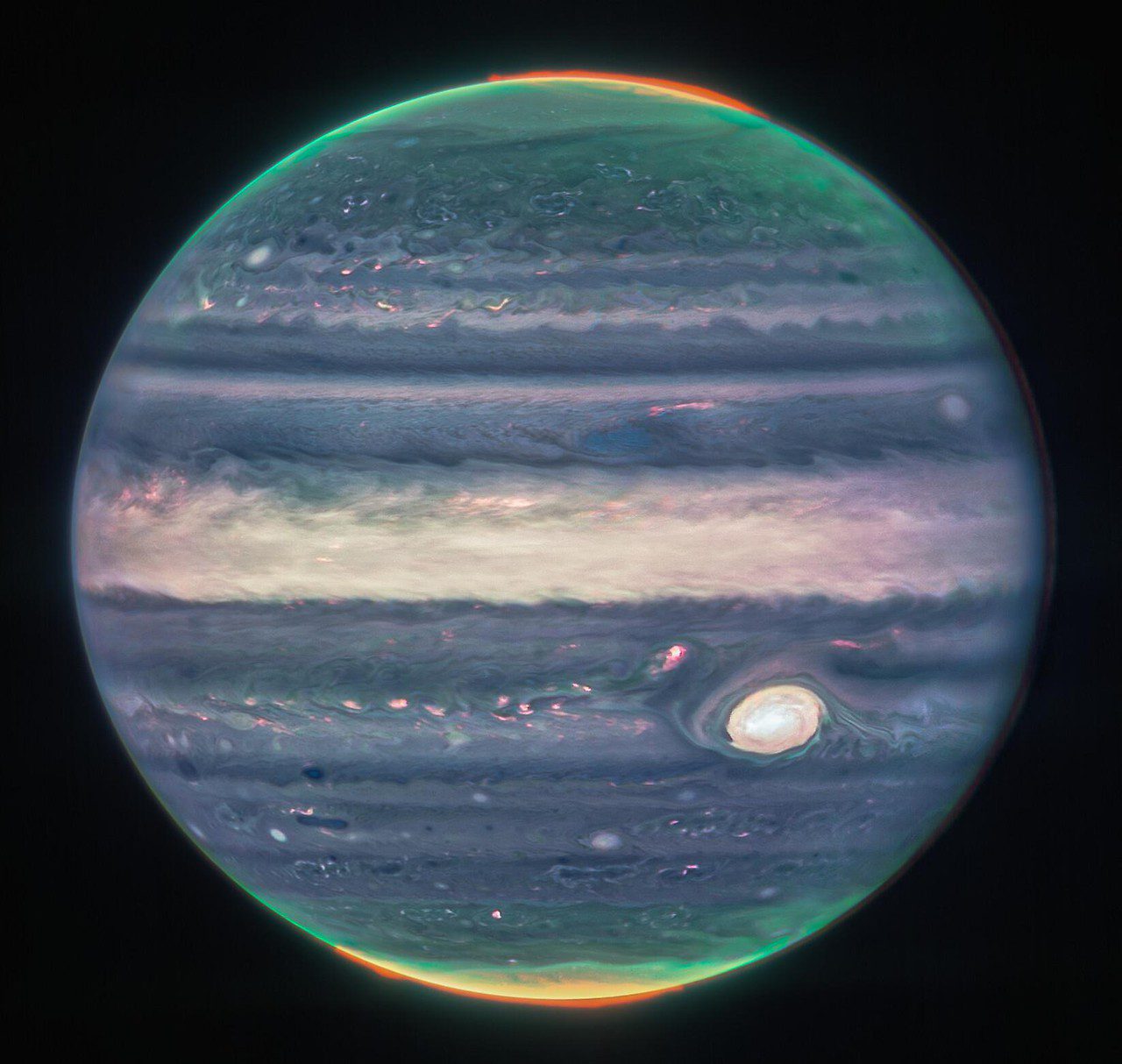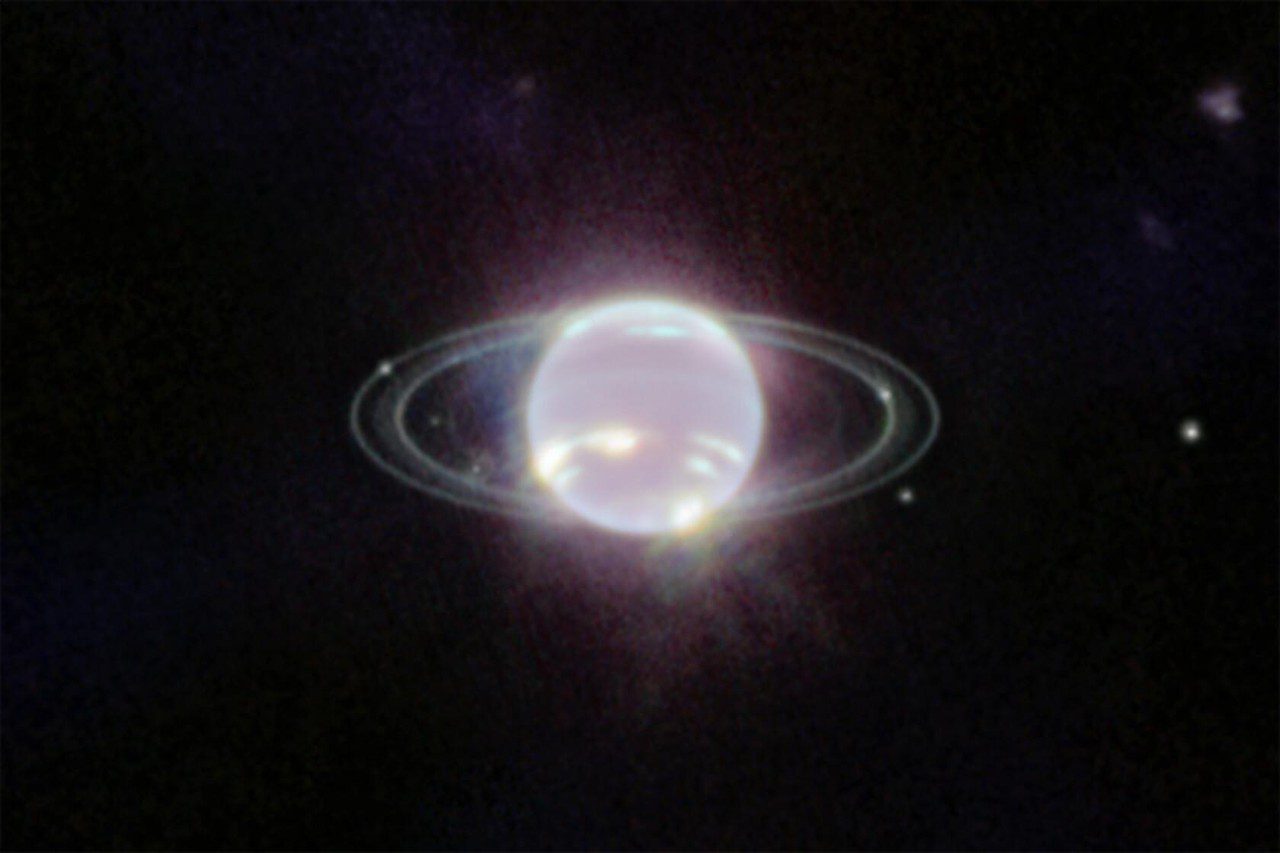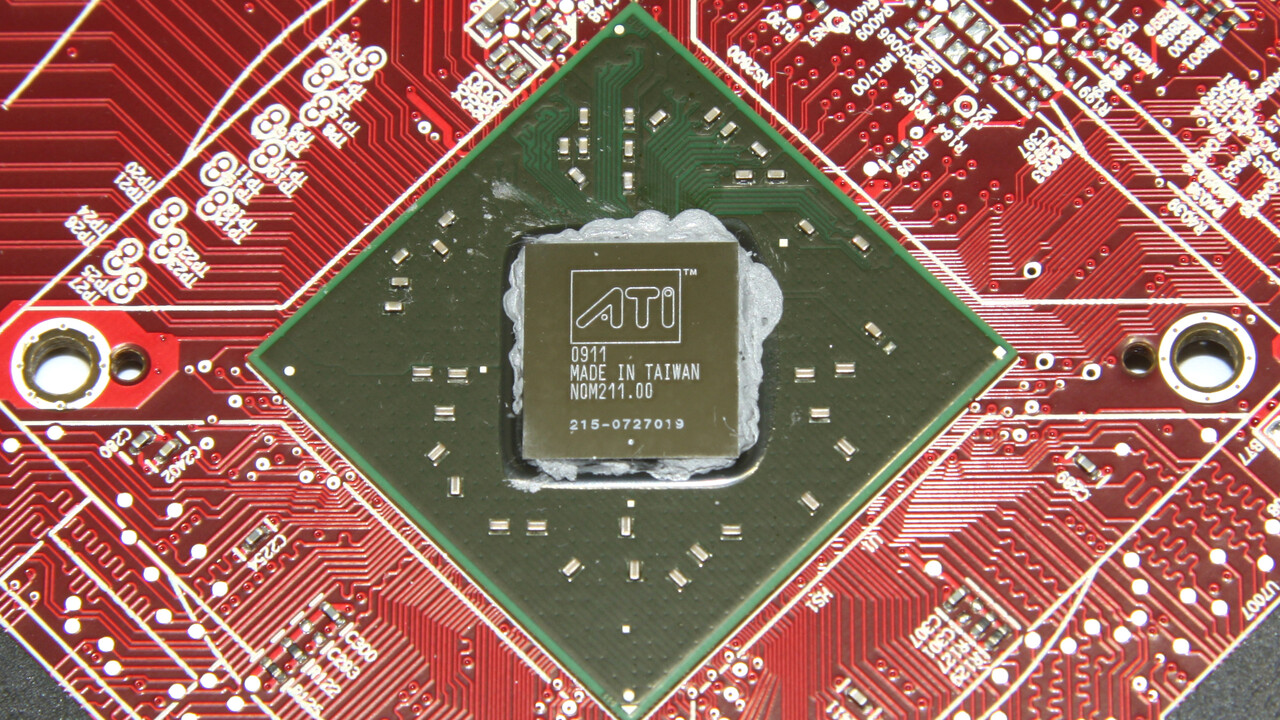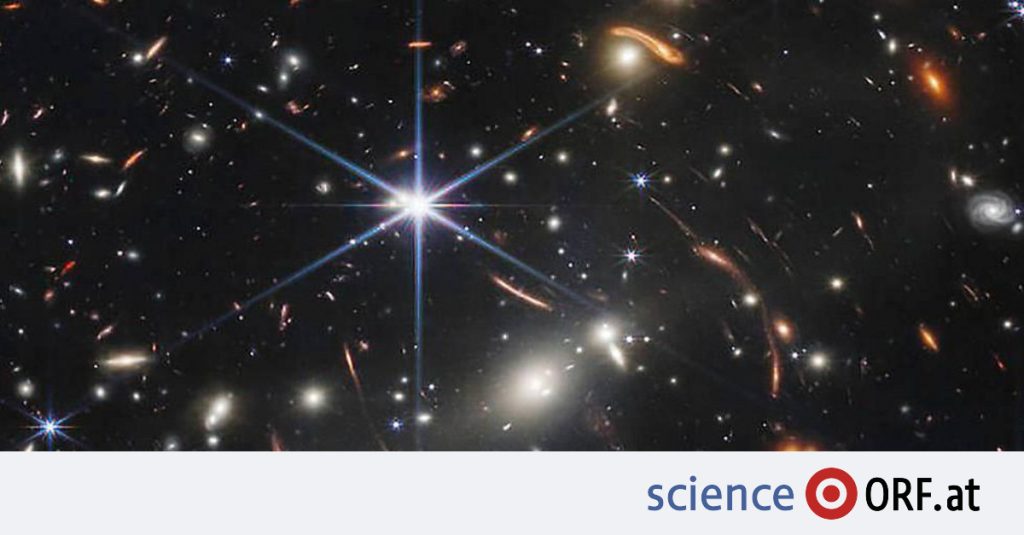The long journey into space of the James Webb Space Telescope (JWST) began on December 25, 2021. The highly complex telescope took about a month to reach its destination, which is called L2 Lagrangian point receipt. The road to the destination, about one and a half million kilometers away, was not easy to cover with a large telescope and high-precision instruments. The astrophysicist knows that, too Manuel Gedel of the University of Vienna, who developed an important instrument for the telescope: “The whole trip to the aiming point was quite a challenge.”
The size of the telescope alone was an issue. “Space was really very limited, so the whole telescope was very folded to begin with,” Gödel told science.ORF.at. At certain waypoints in the journey through space, the parts slowly unfold again, including the telescope’s large mirror.
In addition, there were many moving mechanisms on board that were indispensable for research work and had to be especially protected during flight. “If one of these mechanisms doesn’t work, that’s going to be a huge problem,” explains the astrophysicist. Telescope repair is impossible due to the great distance to Earth. “Every day brings new challenges – but fortunately everything went perfectly on the journey into space.”
View on the origin of the universe
When JWST finally was in January 2022 came to officeIt took almost half a year for it to give results. Finally, in July, they came The first pictures from space – and with a quality you’ve never seen before. In science and especially in astrophysics, a number of doors have been opened. “We are only now beginning to understand in detail how planets form and how they are chemically formed,” explains Güdel.

Thanks to the high-resolution infrared telescope technology, it is possible for the first time, among other things, to observe entire galaxies as they form. “In the distant, distant universe, we now see galaxies that were among the first to form. And we observe them as they form, that is, shortly after the Big Bang,” the astrophysicist enthuses. It is only possible to look into the past because the infrared radiation emitted by the galaxies takes too long to cover the very great distance to a telescope.
Find life
In addition to new findings about the origin of the universe, the telescope is also exciting for examining individual planets more carefully than ever before. The high-resolution images give researchers the opportunity to discover what’s new and Earth-like outer planets To discover and determine the composition of the atmosphere. Only recently, with the help of JWST, did sulfur dioxide (SO2) appear in the atmosphere Planets found outside the solar system.
Since the sulfur content in the atmosphere is assumed to have remained relatively unchanged since the planet’s formation, it represents an interesting time window for research into the distant past. “We are now able for the first time to find any evidence that would indicate whether there are biosignatures in the atmospheres of these exoplanets,” says Goodell. By this, the astrophysicist means references to the processes that could arise from life forms – such as the presence of oxygen or carbon dioxide.
Controversial designation
However, opinions surrounding JWST have not always been unanimously positive. Prior to launch in 2021, there were discussions about naming it after the former NASA administrator James E Webb. Not everyone agreed with the name. Webb was accused of discriminating against gay employees in the 1950s and 1960s. Before the telescope was launched, there was a petition with over 1,200 signatures calling for the telescope to be renamed.

So far nothing has come of the name change. Current NASA Administrator Bill Nelson He opined that there was insufficient evidence of Webb’s conduct under criticism to warrant a renaming. Güdel does not necessarily see a problem with the telescope’s name, but according to him, attention should certainly be paid to the controversy: “The naming has already taken place, and it can no longer be changed.” However, more attention must be paid to equal treatment in the workplace. “Perhaps, aside from the controversy over the name, one should draw the sensitivity in science to these questions and discuss them in more detail.”
Exciting years for astrophysics
JWST has now been active for a few months. Güdel is sure that the coming years will be very exciting, especially in the field of astrophysics. “Of course there will be many observations that were not possible before – we simply have never had tools available that approach JWST’s capabilities.” According to the astrophysicist, the fact that the space telescope’s flight was chosen as the “scientific” achievement of the year on behalf of the entire project is comforting, but also justified. After all, the project involved more than twenty years of development, the work of thousands of experts, and more than ten billion US dollars.

“All in all, the James Webb Space Telescope is definitely a science highlight of 2022. In astrophysics, I would say it’s the highlight. A breakthrough like the successful location of the space telescope is something unique,” says Goodell.
Legacy ecosystem and creative computers
In addition to Breakthrough of the Year, Science lists some of the other developments that shaped Science 2022: Reconstructing a two-million-year-old ecosystem From ancient DNA, discovery The largest microbe in the world And new statistics on how it works bubonic plague form the European genome.
Other pioneering research focused on Vaccination against RS virusesand progress in the field Creative artificial intelligenceThe Successful DART mission NASA, by which an asteroid deviated from its orbit and with virus detectionwhich could be partly responsible for multiple sclerosis.

“Tv expert. Hardcore creator. Extreme music fan. Lifelong twitter geek. Certified travel enthusiast. Baconaholic. Pop culture nerd. Reader. Freelance student.”







More Stories
Psychology: Researchers say spring cleaning is unnecessary
Space in City Hall has become more expensive
7 tips on how to learn to deal with your fears